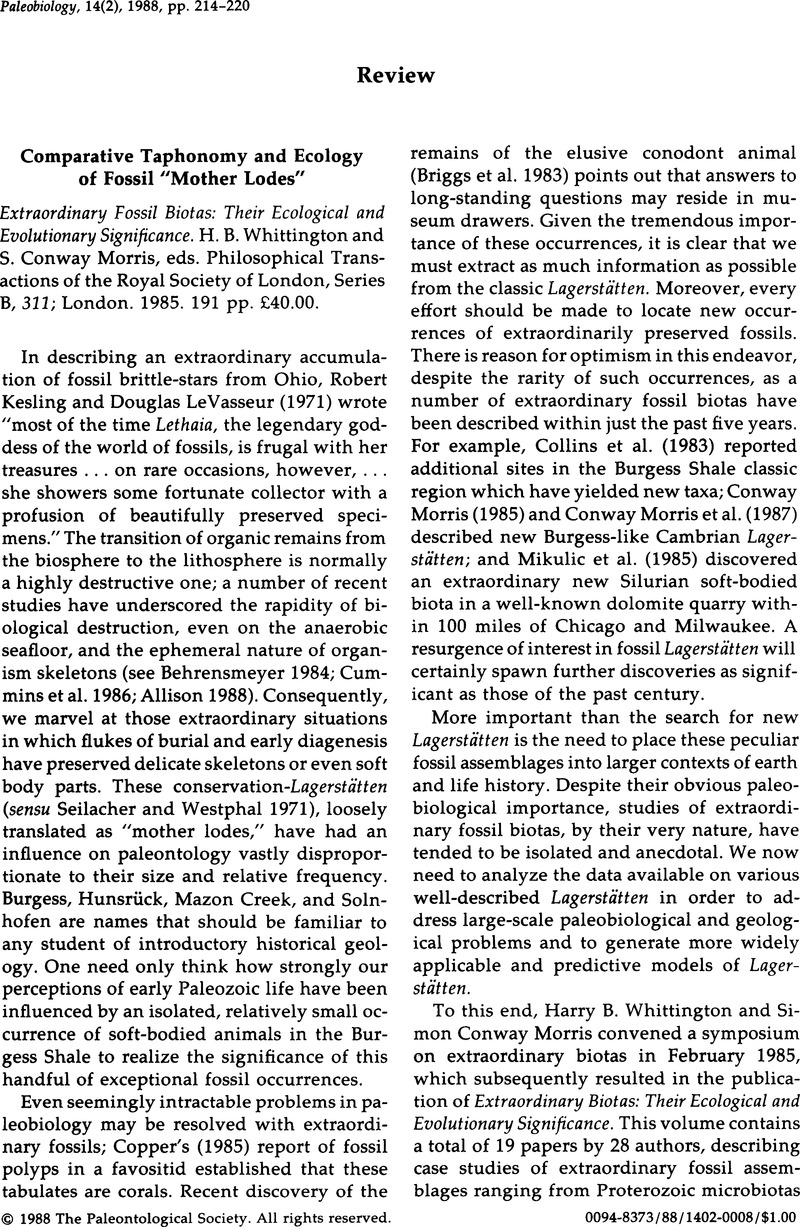Crossref Citations
This article has been cited by the following publications. This list is generated based on data provided by Crossref.
Föllmi, Karl B.
1990.
Condensation and phosphogenesis: example of the Helvetic mid-Cretaceous (northern Tethyan margin).
Geological Society, London, Special Publications,
Vol. 52,
Issue. 1,
p.
237.
Behrensmeyer, Anna K.
1991.
Taphonomy.
Vol. 9,
Issue. ,
p.
291.
FOLLMI, K
1996.
The phosphorus cycle, phosphogenesis and marine phosphate-rich deposits.
Earth-Science Reviews,
Vol. 40,
Issue. 1-2,
p.
55.
Föllmi, Karl B.
Hofmann, Hélène
Chiaradia, Massimo
de Kaenel, Eric
Frijia, Gianluca
and
Parente, Mariano
2015.
Miocene phosphate-rich sediments in Salento (southern Italy).
Sedimentary Geology,
Vol. 327,
Issue. ,
p.
55.





